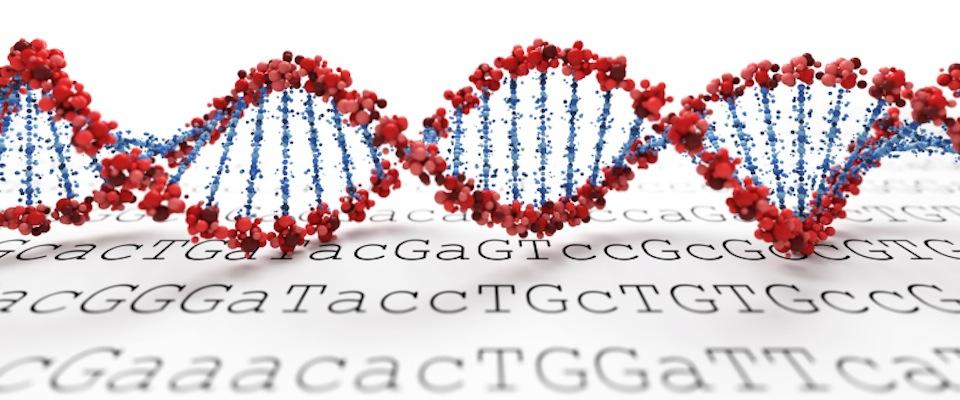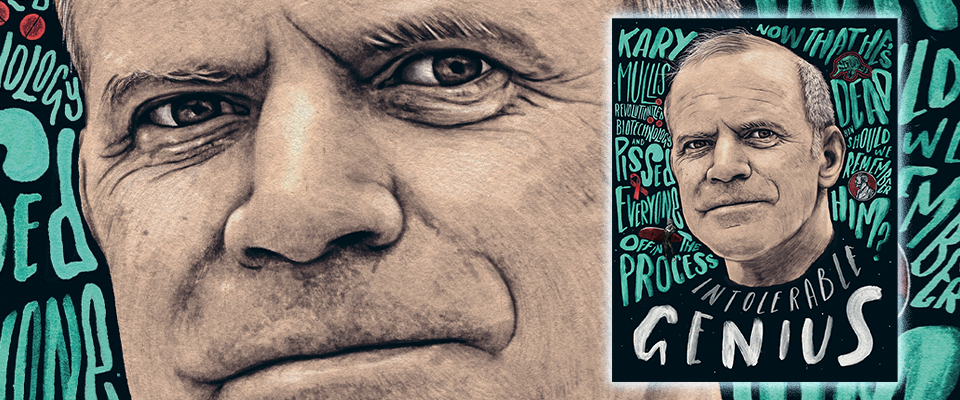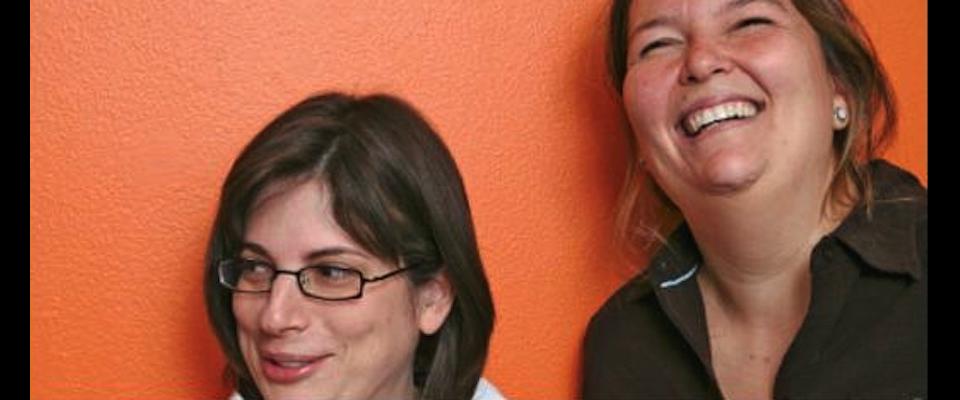Silicon is so passé. Those who are truly au courant in the coding world are working with carbon—specifically DNA, that most ancient and elegant of codes. Such biohacking is central to the rapidly expanding field of synthetic biology, a term that somehow seems a little threatening to many of us who are the products of the old fashioned kind of biology that’s been around since the planet first managed to gin up a few primitive prokaryotes 3.5 billion years ago.
That’s especially because messing around with DNA is increasingly a garage band kind of venture. The basic techniques and technology are now sufficiently disseminated so that any reasonably bright and inquisitive person can do all kinds of interesting things in a home or community lab. And—gulp—might that not include weaponizing Ebola or involve some other highly anti-social endeavor?
Relax (really). Those fears are overblown, opines Nina DiPrimio, the editor of BioCoder, a quarterly published by and for the DIYbio (as in, Do It Yourself biology) community.
In the first place, says DiPrimio, endowing viruses with new and ever-more-lethal characteristics requires the kind of equipment and skill sets usually found only in large government or corporate labs. Second, if anyone wants to attempt it, the mischief-maker wouldn’t need to figure out how to manipulate Ebola or HIV. Relatively simple procedures already are known for weaponizing basic old anthrax, or manufacturing and distributing astoundingly powerful poisons such as ricin, or—well, you get the idea.
“It takes a lot of skill and equipment to do bad things” with gene-spliced microbes says DiPrimio, until recently a postdoctoral researcher at UC Berkeley and the co-organizer of the university’s Synthetic Biology Super Group. “A DNA cloning class won’t teach you how to create something pathogenic. That isn’t to say potential dangers should be ignored. At a certain point, regulation (of homegrown biohacking) is likely. We don’t know what that will look like, but the community is aware of it and discussing it.”
DiPrimio is also deeply concerned about safety within these do-it-yourself operations. BioCoder‘s articles include pointers to ensure one’s lab is legal, and emphasize basic protocols so tyro researchers don’t burn, blow up or electrocute themselves. But first and foremost, the publication serves as an agora for the biohacking community.

“I prefer the term ‘accessible biology’ rather than ‘synthetic biology’ to describe what we’re doing,” says DiPrimio. “There’s a tremendous interest in DIYbio, and we’re here to serve that. One thing we try to stress is the importance of working with mentors, preferably in community labs such as BioCurious (a nonprofit lab in Sunnyvale). More than anything, we need qualified people who are willing to teach.”
Central to the DIYbio ethic is hardware bootstrapping—making functional equipment out of what seems like odds and ends. DiPrimio cites one such an example: a homemade gel imager. Such devices are used to “photograph” nucleic acids, and are essential for DNA research. A professional model can cost $8,000 or more.
“We built one out of a cardboard box, a blue LED to provide illumination, an orange Lucite sheet to serve as a filter, and an iPhone to capture the images,” says DiPirmio.
Some applications are both quixotic and strangely charming – like a BioCurious project that hacked an inkjet printer, turning it into a “bioprinter.” “The ink cartridge was charged with a cell culture, so it printed out living cells,” says DiPrimio.
It doesn’t stop there, of course. The multitude of fascinating initiatives undertaken by DIYbio buffs include creating a barcoded genetic database for mushrooms, and crowdfunding a bioluminescent plant project. If it all seems vaguely familiar , it should. The current state of biology has been compared to computing in 1975, just before PCs burst on the scene and changed everything forever.
So once again, we find ourselves plunging head first into a Brave New World. Right now, garage-and-basement biocoding seems like fun and games, and much of it is. But as we so often have seen, massive technological and social shifts are often preceded by play. Indeed, many biohackers already have embarked on start-ups that seek to provide solutions to very real needs. DiPrimio is one of them. She’s a principal at Perlstein Lab (motto: Leave No Mutation Behind), a San Francisco firm dedicated to developing “orphan” drugs—medications targeted at rare diseases. (Big Pharma isn’t interested in developing such drugs because they consider them insufficiently profitable).
“Right now we’re working on drugs for a subset of lysosomal storage diseases (a group of about 50 inherited metabolic disorders),” says DiPrimio. “I think this indicates the broad reach (of ‘indie’ biology). What is DIY anyway? It could refer to the trained scientist who finds alternative means of funding to get a project going, the academic lab group that builds their own hardware, the individual who is trying to isolate strawberry DNA in his or her kitchen, or the educator who is trying to find equipment on the cheap and write protocols to teach high schoolers about synthetic biology. These communities span academia, industry, incubator spaces, and community lab spaces.”





















